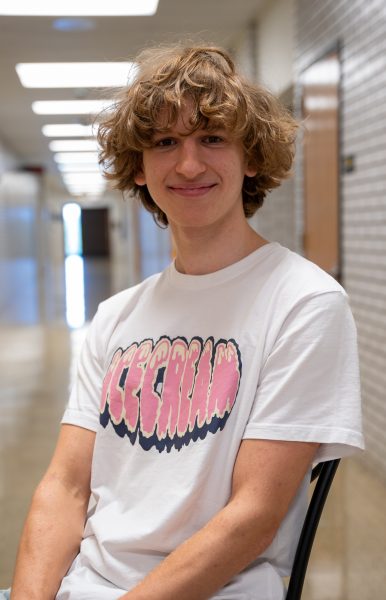The physicist Steven Hawking once said, “Success in creating effective AI could be the biggest event in the history of our civilization. Or the worst. We just don’t know. So we cannot know if we will be infinitely helped by AI, or ignored by it and side-lined, or conceivably destroyed by it.”
With the trajectory of advancements that artificial intelligence is currently on, a grave outlook similar to Hawking’s is not only understandable but necessary.
AI is not an immediate threat but rather a future one. Groundbreaking advancements in this technology are quite frequent. Even in classrooms, this is evident through the emergence of ChatGPT, which has become so popular that many teachers have had to introduce preventative measures to combat it. For most, this program seems harmless and even incredibly helpful, which is true.
But where could it lead?
It may seem far-fetched to say that programs similar to ChatGPT could one day totally replace everyone involved in the field of writing, but it can already replace the need for students to write. This is precisely the problem — the potential of AI is limitless.
The benefits of such technological advancements are indisputable: unmatched productivity, faster results, and no human error. These qualities are helpful, but at a certain point, the downsides of AI start to overshadow the good it brings.
In the corporate world, the cheaper route is often the most sought-after. So if given the choice between having to employ people to write or having an AI do all the work, most companies would choose the latter, ultimately leading to mass unemployment for anyone involved in the field of writing.
Artificial Intelligence has also made a huge impact on the world of art. Some of the most popular art AIs include DALL-E2, Midjourney, and Stable Diffusion. These types of programs are easily accessible to anyone. All it takes is entering a prompt and having the AI create whatever is desired.
But many AI art programs use existing art to learn from or manipulate, without permission from artists. In an article on CNN, the feelings of painter Erin Hanson are shown: “She’s one of several artists interviewed by CNN Business who were unhappy to learn that pictures of their work were used without someone informing them, asking for consent, or paying for their use.”
AI may soon grow beyond its dependence on human art for source material. In the recent Colorado State Fair, an AI-generated piece of art won best in its category. The creator of the image simply typed a prompt into Midjourney, got the picture he wanted, and submitted it to the competition. Soon after, he won a blue ribbon and the $300 prize. The reaction to the piece was covered by The New York Times: “It made its way to Twitter, where it sparked a furious backlash. ‘We’re watching the death of artistry unfold right before our eyes,’ one Twitter user wrote.”
Another field AI is starting to impact is the music industry. On many popular social media platforms, like TikTok and Instagram, hugely popular AI cover songs exist. These are videos that take a popular song and put an AI voice over it. It is a seemingly harmless practice, but these AI-generated songs gain enormous popularity, incentivizing advancements in the technology. This, in turn, could make the creation of human-made music antiquated.
Controversy already surrounds the subject with the creation of “Heart on My Sleeve” by TikTok user GhostWriter977. This is a song that uses a near-perfect artificial voice of the artist Drake. After the song’s popularity surged, TikTok users questioned the rights and ethics of AI music. But people were willing to listen, so there is potential monetization.
If this type of music has already been proven to potentially go viral, who’s to say it won’t someday be on the same level as normal music?
If the right measures are not taken to stop certain advancements in artificial intelligence, a drab future devoid of creativity is inevitable.
_______________________________
Editors’ note: All opinions expressed on The Uproar are a reflection solely of the beliefs of the bylined author and not the journalism program at NASH. We continue to welcome school-appropriate comments and guest articles.




walter sarapa • Sep 28, 2023 at 1:56 pm
A thoughtful and well-written commentary on an immensely important subject.